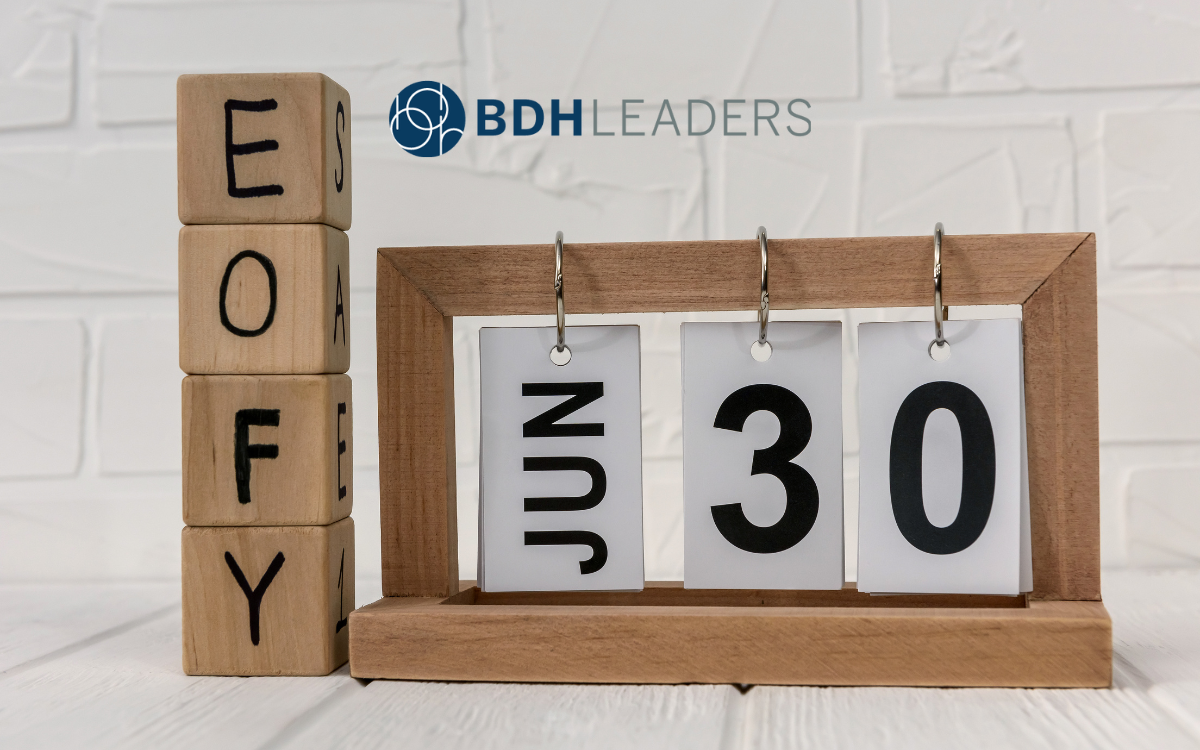Tax Planning 101
Tax planning applies to anyone who lodges a tax return and receives a tax assessment. In light of the Australian Taxation Office (ATO) shifting its focus to the small business ATO debt accumulated during the COVID-19 pandemic, understanding your tax payment schedule is vital for maintaining healthy personal and business cash flows.
Tax planning involves:
- Understanding your year-to-date performance.
- Forecasting profits or taxable income levels.
- Identifying any unusual events that could impact your tax position.
Once you have a clear picture of your financial situation, you can explore options to minimise, defer, or mitigate tax commitments.
Some strategies to consider include:
- Superannuation remains the most tax-effective investment option. Optimise your concessional and non-concessional contributions, catch up on contributions if eligible, enhance your spouse’s super, and leverage the downsizer contribution for those 55 years and older. Stay informed about potential tax rate changes affecting super accounts with a balance over $3 million, planned to come into effect July 1, 2025.
- Write off bad debts before the financial year ends.
- Property investment considerations. Inspect your properties and schedule necessary repairs before EOFY to maximise tax benefits. Prepaying expenses such as property rates, insurance, and loan interest might also be advantageous.
- Allocating income to family members. If you use a trust or private company for income distribution among family members, finalise annual trust distribution documentation before June 30.
- Assess the performance of your investment portfolio. If you’ve realised gains, consider offloading underperforming assets.
- Dispose of stock and plant and equipment with no value before year-end.
- Determine eligibility for immediate asset write-off concessions.
- Enhance your investment potential. Consider prepaying interest on borrowing strategies like margin lending and protected equity loans, as this interest could be tax-deductible.
- Philanthropy. Charitable donations are tax-deductible, and increased giving could be beneficial in years with substantial capital gains. Consider establishing a private ancillary fund (PAF) for tactical charitable contributions and instant tax deductions. Funds placed in a PAF are eligible for an immediate tax deduction. If you offset contributions to income earned at the marginal tax rate of 47 per cent, your donations effectively cost you 53c in the dollar.
It’s also crucial to structure asset ownership and manage funds and transactions effectively throughout your financial framework.
Key issues to address before 30 June 2023 include:
- Temporary Full Expensing: This concession allows eligible businesses to claim an immediate deduction for business-related asset costs. It is set to expire on June 30 2023, so consider maximising this concession before it’s too late.
- Division 7A: Ensure compliance with profit extraction and inter-entity loan rules for companies and trusts to avoid adverse tax implications.
- Trusts: Determine income treatment for trusts before the EOFY to avoid unintended distribution of profits or assessment of the entire trust income at the highest marginal tax rate.
- Superannuation: Develop a strategy for concessional and non-concessional contributions, considering the $27,500 concessional contribution cap for the 2023 financial year and the potential carry forward of unused concessional contributions.
Keep in mind that everyone’s financial situation is unique, and ATO rules and interpretations may change each year. The key takeaway is that implementing strategies before June 30 2023 is crucial for achieving optimal year-end outcomes. After June 30, it will be too late.
To discuss your EOFY and tax needs, contact BDH Leaders. We are here for all your financial needs and are always here to support you.

